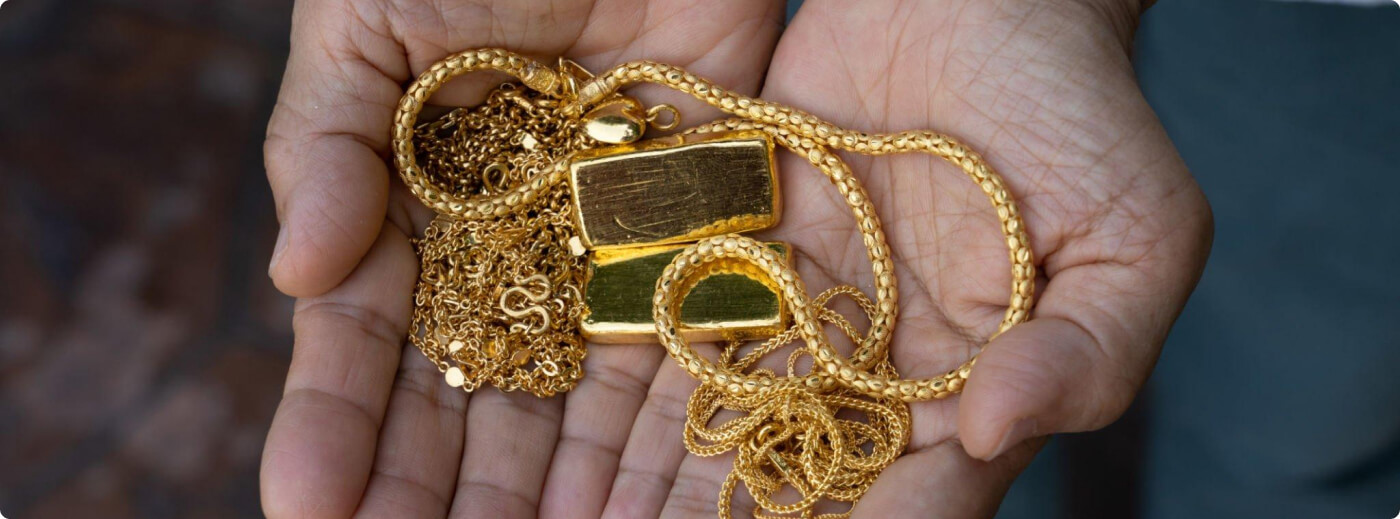Understanding the Economic Implications of Costs and Charges in Precious Metal Acquisition and Pawning Deals
Understanding the Economic Implications of Costs and Charges in Precious Metal Acquisition and Pawning Deals
Blog Article
Gold has been a prized asset for centuries, serving as a method of currency, investment, and ornamentation. When acquiring or pawing gold, it is crucial to comprehend the financial consequences of different fees and charges that can affect the total cost and value of the deal. These fees can substantially affect how much cash one receives when pawning gold or how much is spent when buying it. Being aware of these charges can aid buyers make informed decisions and prevent surprising costs.
When purchasing gold, buyers should be aware of several types of charges. One common fee is the markup, which is the discrepancy between the wholesale price and the retail price. Sellers often add a premium to cover operational costs and earning margins. Additionally, there may be sales tax applied during the transaction, based on local laws. Buyers should also consider other potential fees, such as shipping fees if the gold is being delivered. Understanding these costs in prior can avert surprises and help purchasers plan properly.
Pledging gold also comes with its own range of fees and charges. Pawn establishments typically charge interest on loans backed by gold items. The loan rate can vary significantly among various pawn shops, so it is essential to contrast rates to find the most favorable deal. There may also be storage fees if the pledged gold is kept for an extended period. Furthermore, pawn shops may charge fees for valuations or processing the loan, which can increase to the overall cost. Knowing these fees can help people make better monetary decisions when pawning get redirected here their gold.
Another crucial aspect to take into account is the weight and quality of the gold being bought or pledged. The value of gold is determined by its present market price, which fluctuates based on financial conditions, demand, and availability. Additionally, gold items are often measured in carats, which indicates the purity of the metal. Greater purity gold typically commands a greater price. Understanding how these factors influence the financial outcome of gold transactions is important for consumers, as they can affect the fees charged and the final amount received or spent.
In conclusion, being knowledgeable about the fees and charges linked with purchasing and pawing gold can lead to smarter financial choices. Whether buying gold for investment or pawning goods for rapid cash, people should take the time to investigate and understand the various costs associated. This knowledge can help buyers navigate the challenges of gold visit the site transactions and ensure they optimize their financial returns while reducing unnecessary outlays.